Description
DIOVAN 80MG TABLET
Description :Each tablet contains 80 mg, 160 mg or 320 mg valsartan.
Excipients/Inactive Ingredients: Microcrystalline cellulose, crospovidone, colloidal anhydrous silica, magnesium stearate, hypromellose, titanium dioxide (E171), Macrogol 8000, red iron oxide (E172), yellow iron oxide (E172), black iron oxide (E172; 40 mg, 160 mg and 320 mg tablets only), brown iron oxide (mixture of red iron oxide and black iron oxide (320 mg tablets only).
Indications / Uses: Hypertension: Treatment of hypertension in adults and in children and adolescents 6-18 years of age.
Heart failure: Treatment of heart failure (NYHA class II-IV) in patients receiving standard therapy such as diuretics, digitalis and either angiotensin-converting enzyme (ACE) inhibitors or beta-blockers but not both; presence of all these standard therapies is not mandatory.
Valsartan (Diovan) improves morbidity in these patients, primarily via reduction in hospitalization for heart failure. It also slows the progression of heart failure, improves NYHA functional class, ejection fraction and signs and symptoms of heart failure and improves quality of life versus placebo (see Pharmacology under Actions).
Post-myocardial infarction: Valsartan (Diovan) is indicated to improve survival following myocardial infarction in clinically stable patients with signs, symptoms or radiological evidence of left ventricular failure and/or with left ventricular systolic dysfunction (see Pharmacology under Actions).
Hypertensive adult patients with Impaired Glucose Tolerance at cardiovascular risk: Valsartan (Diovan) is indicated in addition to lifestyle modifications to delay the progression to type 2 diabetes in hypertensive adult patients with impaired glucose tolerance at cardiovascular risk (see Pharmacology under Actions).
Administration : May be taken with or without food.
Contraindications : Known hypersensitivity to valsartan or to any of the excipients; Pregnancy (see Use in Pregnancy & Lactation); Concomitant use of angiotensin receptor antagonists (ARBs) – valsartan (Diovan) – or of angiotensin-converting-enzyme inhibitors (ACEIs) with aliskiren in patients with Type 2 diabetes (see Interactions).
Special Precautions : Patients with sodium- and/or volume-depletion: In severely sodium-depleted and/or volume-depleted patients, such as those receiving high doses of diuretics, symptomatic hypotension may occur in rare cases after initiation of therapy with valsartan (Diovan). Sodium and/or volume depletion should be corrected before starting treatment, for example by reducing the diuretic dose. If hypotension occurs, the patient should be placed in the supine position and, if necessary, given an i.v. infusion of normal saline. Treatment can be continued once blood pressure has been stabilized.
Patients with renal artery stenosis: Short-term administration of valsartan (Diovan) to twelve patients with renovascular hypertension secondary to unilateral renal artery stenosis did not induce any significant changes in renal hemodynamics, serum creatinine, or blood urea nitrogen (BUN). However, since other drugs that affect the renin-angiotensin-aldosterone system (RAAS) may increase blood urea and serum creatinine in patients with bilateral or unilateral renal artery stenosis, monitoring of both parameters is recommended as a safety measure.
Patients with impaired renal function: No dosage adjustment is required for patients with renal impairment. However, no data is available for severe cases (creatinine clearance <10 mL/min.), and caution is therefore advised. The use of ARBs – including valsartan (Diovan) -or of ACEIs with aliskiren should be avoided in patients with severe renal impairment (GFR <30 mL/min) (see Dual blockade of the RAS under Interactions).
Patients with hepatic impairment: No dosage adjustment is required for patients with hepatic insufficiency. Valsartan is mostly eliminated unchanged in the bile, and patients with biliary obstructive disorders showed lower valsartan clearance (see Pharmacology under Actions). Particular caution should be exercised when administering valsartan to patients with biliary obstructive disorders.
Patients with heart failure/post-myocardial infarction: Use in patients with heart failure or post-myocardial infarction commonly results in some reduction in blood pressure, but discontinuation of therapy because of continuing symptomatic hypotension is not usually necessary provided dosing instructions are followed.
Caution should be observed when initiating therapy in patients with heart failure or post-myocardial infarction (see Dosage & Administration).
As a consequence of the inhibition of the RAAS, changes in renal function may be anticipated in susceptible individuals. In patients with severe heart failure whose renal function may depend on the activity of the RAAS, treatment with ACE inhibitors or angiotensin receptor antagonists has been associated with oliguria and/or progressive azotaemia and (rarely) with acute renal failure and/or death. Evaluation of patients with heart failure or post-myocardial infarction should always include assessment of renal function.
In patients with heart failure, caution should be observed with the triple combination of an ACE inhibitor, a beta blocker and valsartan (see Pharmacology under Actions).
Angioedema: Angioedema, including swelling of the larynx and glottis, causing airway obstruction and/or swelling of the face, lips, pharynx, and/or tongue has been reported in patients treated with valsartan; some of these patients previously experienced angioedema with other drugs including ACE inhibitors. Valsartan (Diovan) should be immediately discontinued in patients who develop angioedema, and should not be re-administered.
Dual Blockade of the Renin-Angiotensin System (RAS): Caution is required while co-administering ARBs with other agents blocking the RAS such as ACEIs or aliskiren (see section INTERACTIONS, subsection dual blockade of the RAS).
Pediatric population: Patients with impaired renal function: Use in pediatric patients with a glomerular filtration rate <30 mL/min/1.73 m2 and pediatric patients undergoing dialysis has not been studied, therefore valsartan is not recommended in these patients. No dose adjustment is required for pediatric patients with a glomerular filtration rate >30 mL/min/1.73 m2 (see Pharmacology: Pharmacokinetics under Actions). Renal function and serum potassium should be closely monitored during treatment with valsartan. This applies particularly when valsartan is given in the presence of other conditions (fever, dehydration) likely to impair renal function.
Patients with impaired hepatic function: As in adults, particular caution should be exercised when administering valsartan to pediatric patients with biliary obstructive disorders (see Pharmacology: Pharmacokinetics under Actions). There is limited clinical experience with Valsartan (Diovan) in pediatric patients with mild to moderate hepatic impairment.

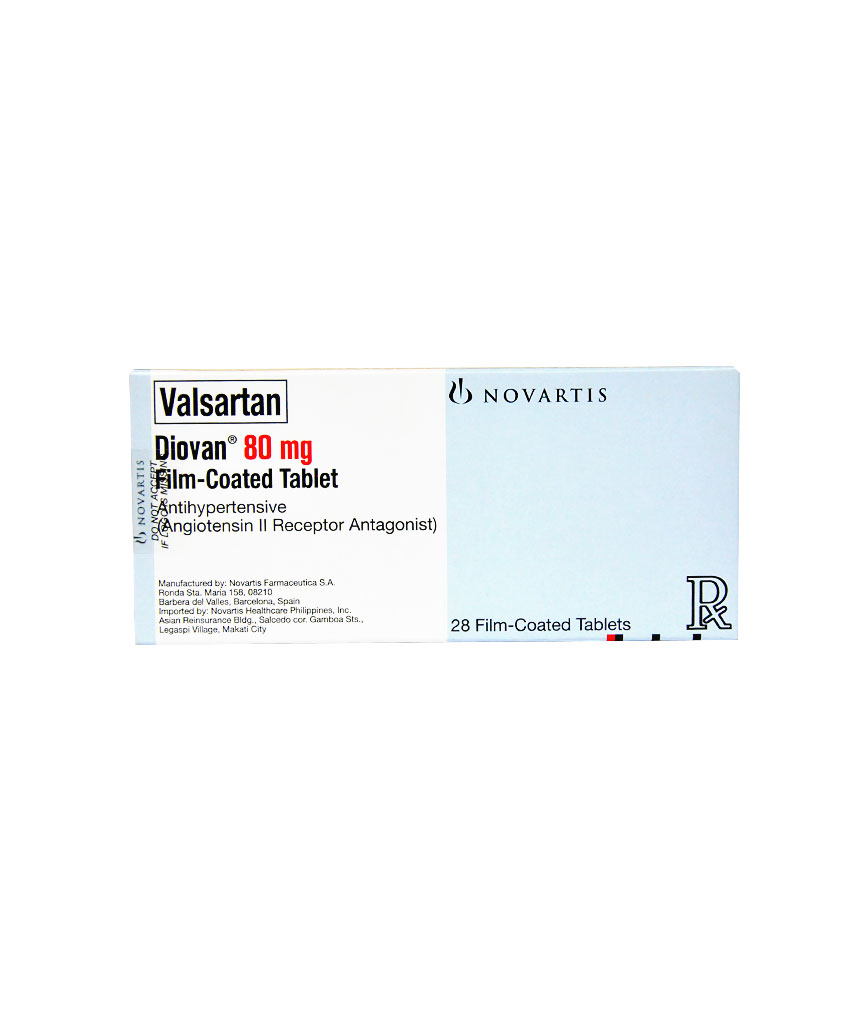
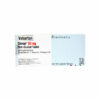



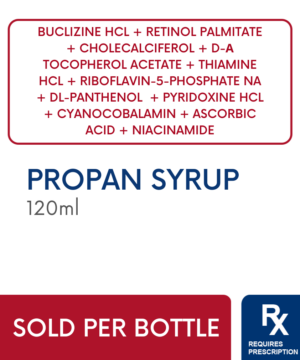
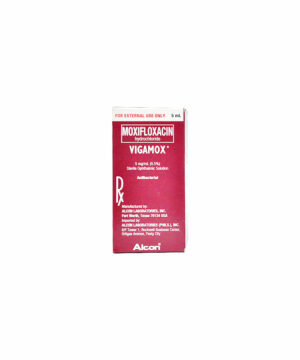
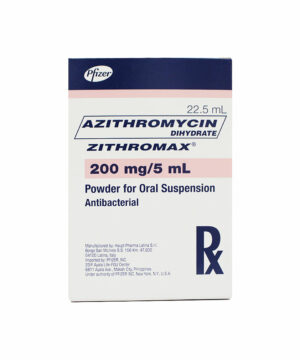

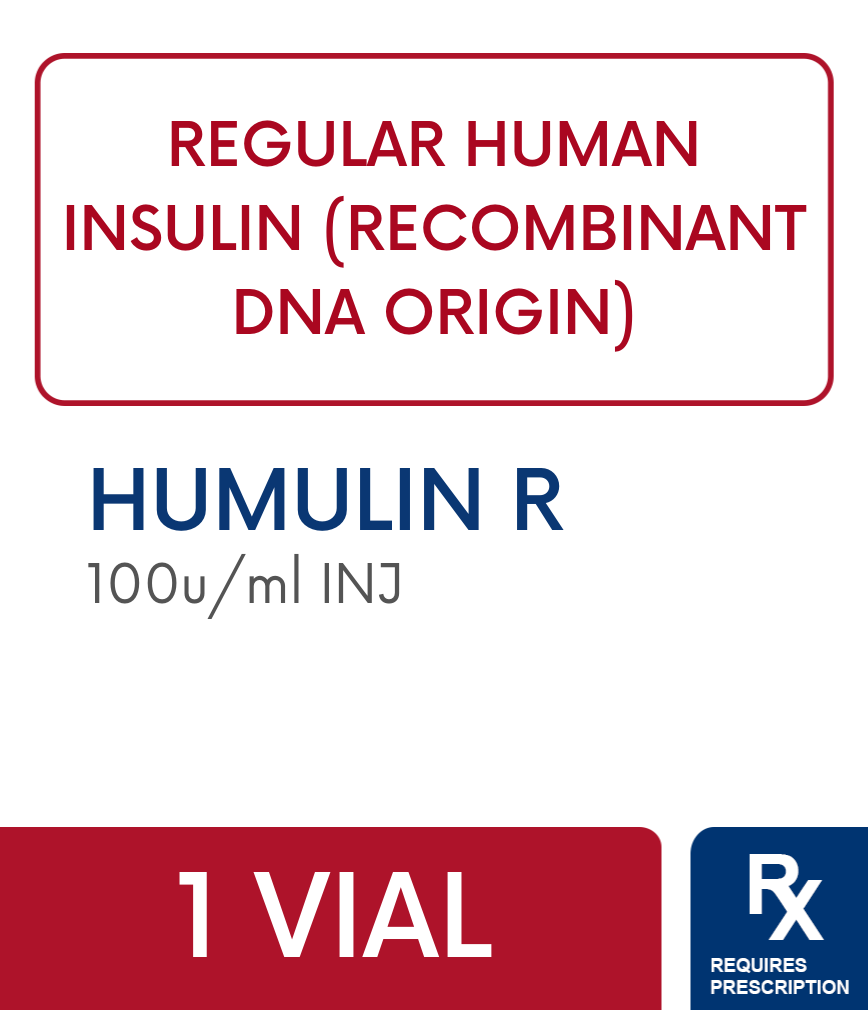



Reviews
There are no reviews yet.